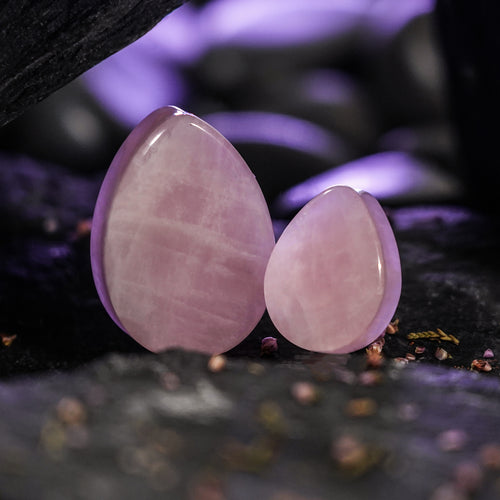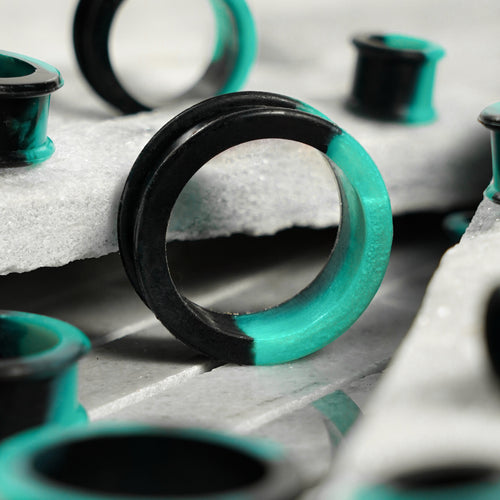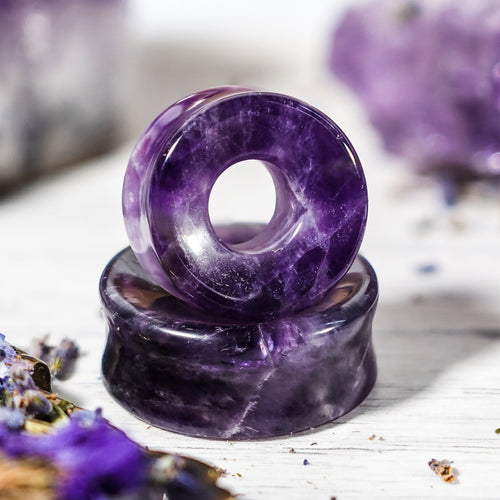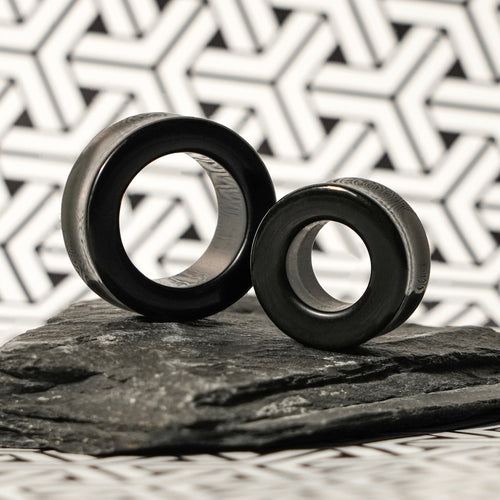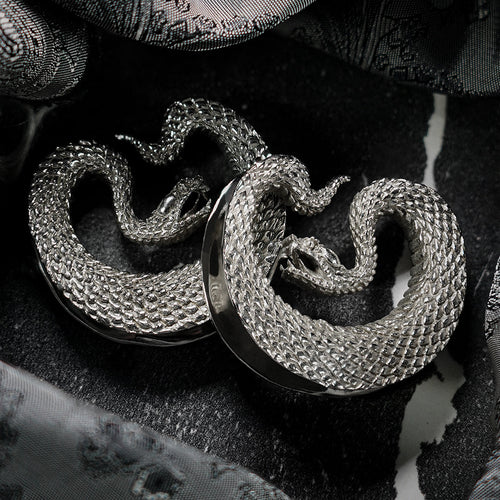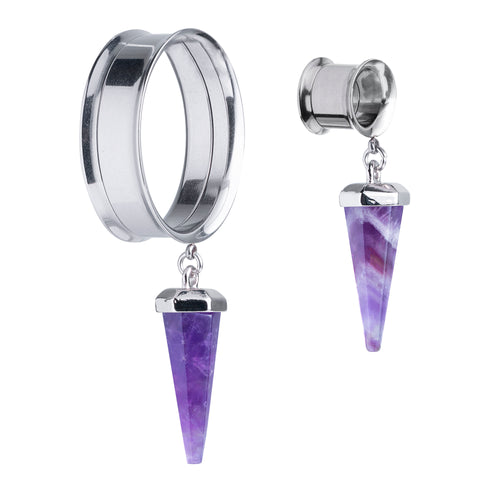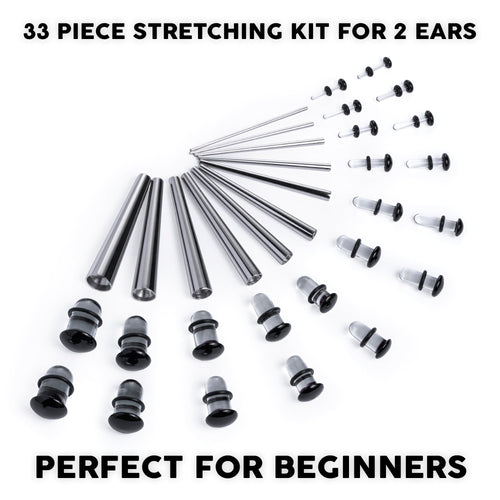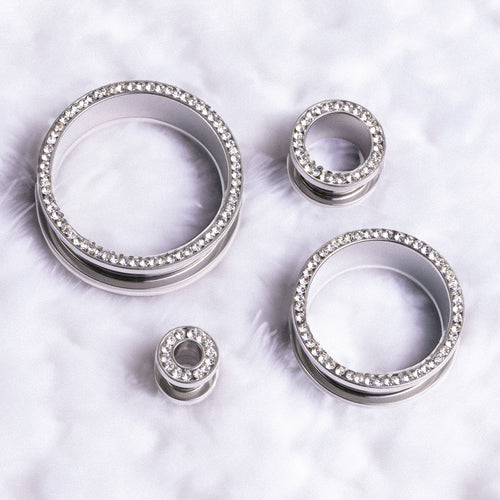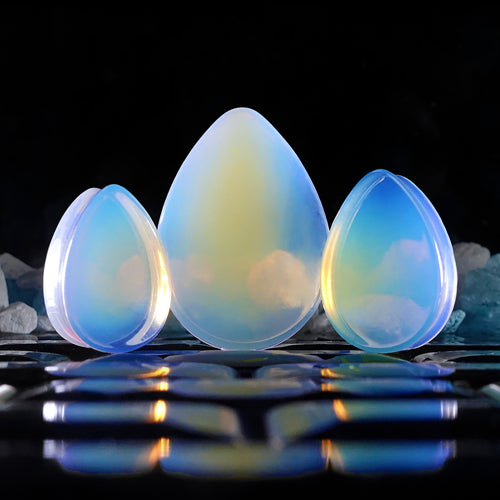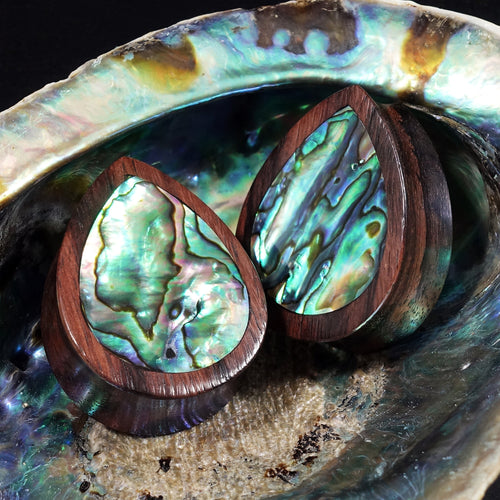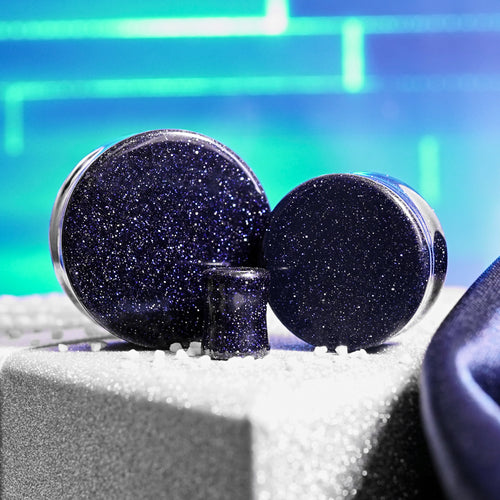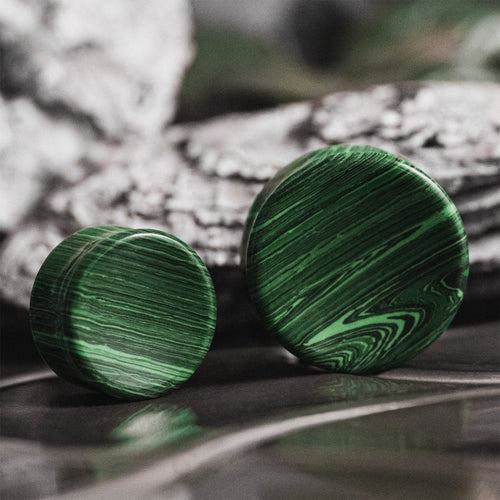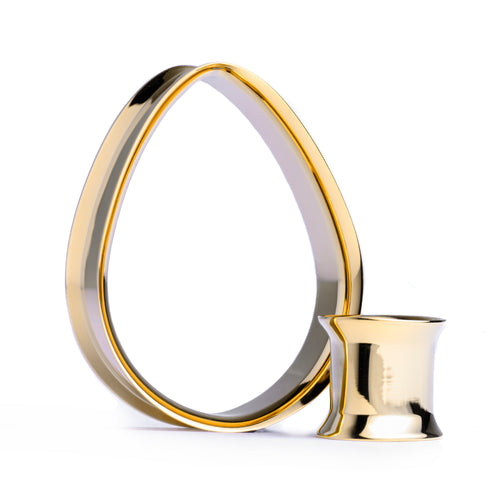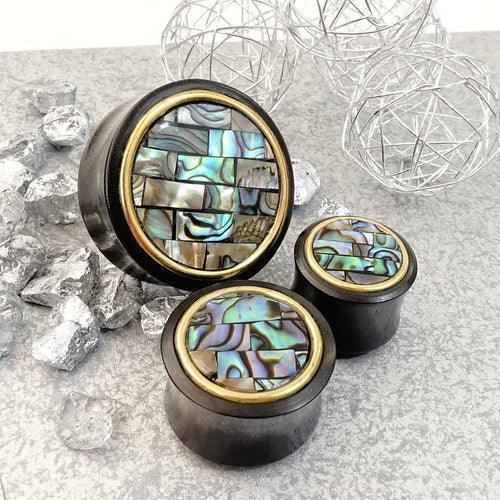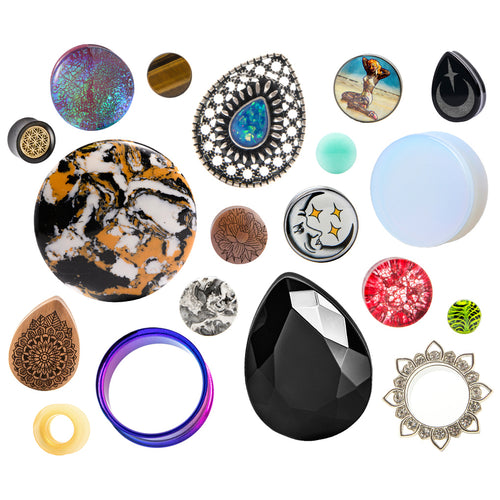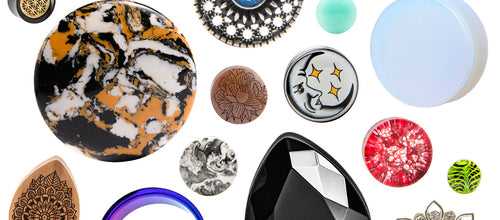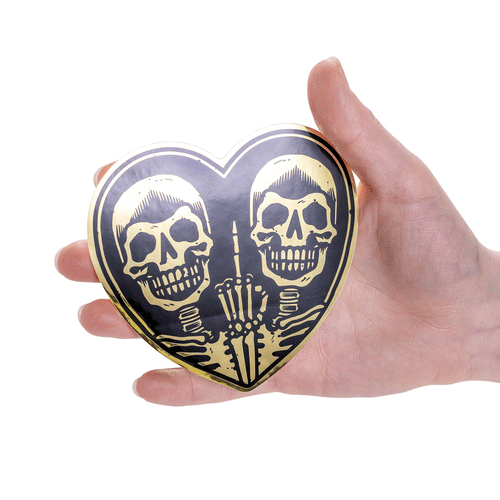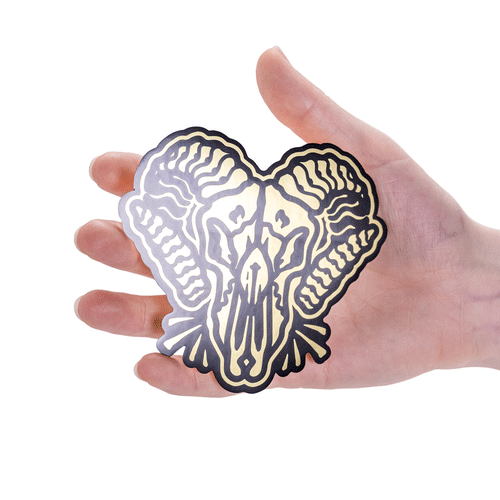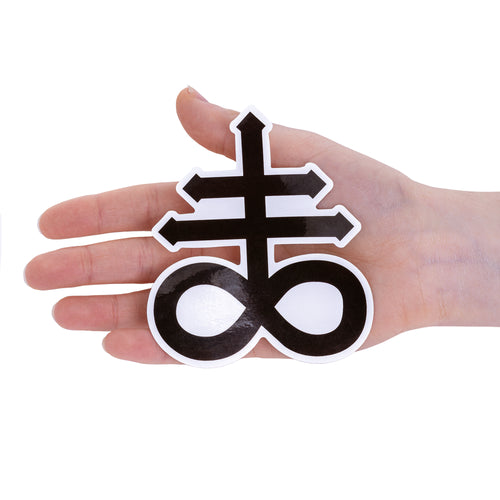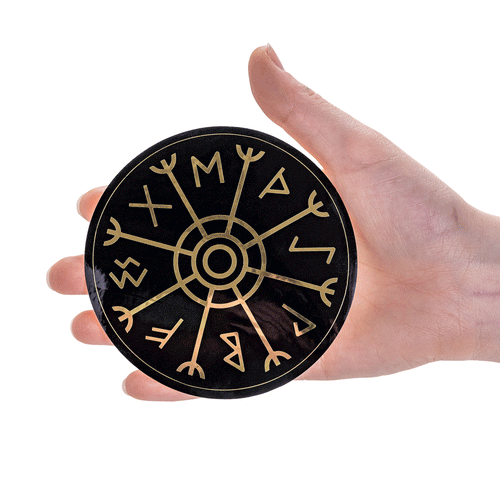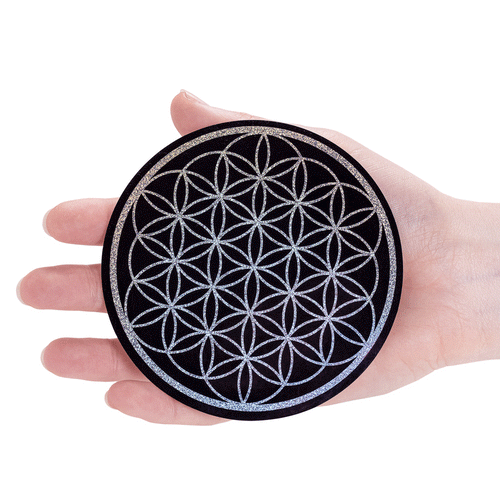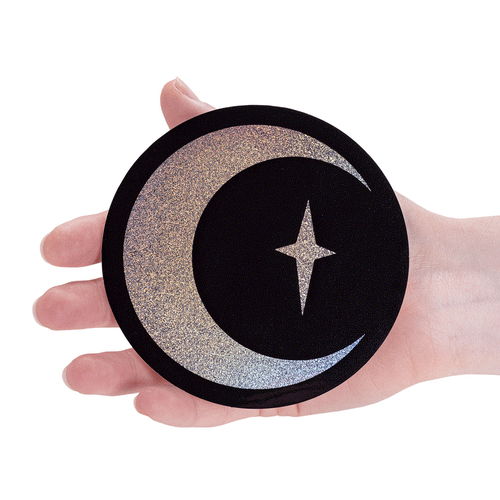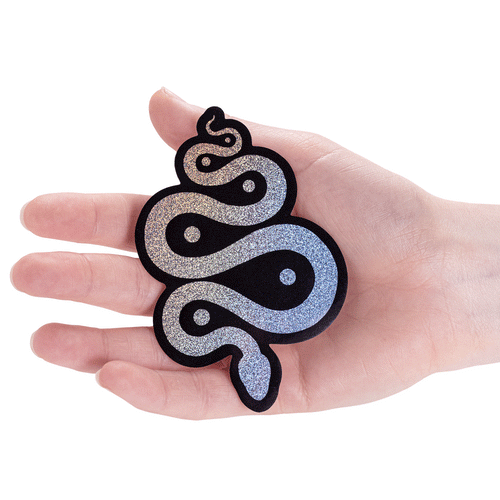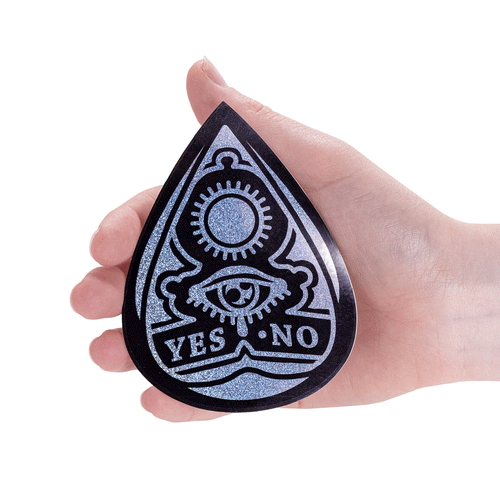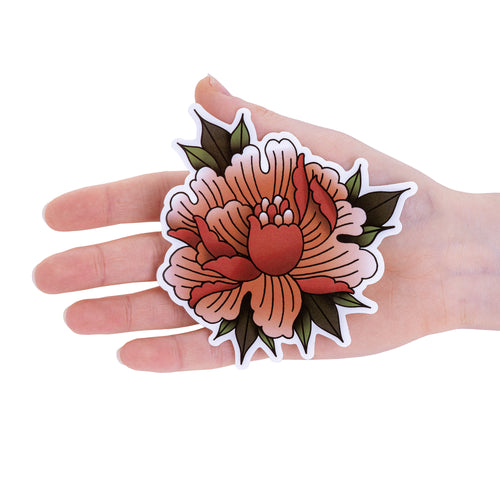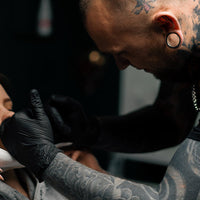
GET SOCIAL WITH US
RECENT ARTICLES
Newsletter
Keep up-to-date with the latest promotions, news and releases!
Piercing Compatibility with Medical Procedures: What You Need to Know
As body modification enthusiasts, many of us have invested time, money, and patience into our piercings and stretched ears. But what happens when you need medical attention?
Whether it's a routine MRI, emergency surgery, or dental work, your body modifications can sometimes present unique considerations in medical settings. At Custom Plugs, we believe in empowering our community with knowledge, so we've created this comprehensive guide to help you navigate medical procedures with your piercings and stretched lobes.

MRI Compatibility: Metal Concerns and Safety Protocols
Magnetic Resonance Imaging (MRI) is one of the most common medical procedures that requires special attention if you have piercings or stretched ears with metal jewellery.
Why Metal Is a Concern During MRIs
MRI machines use powerful magnets that can interact with metallic objects in several ways:
Attraction: The magnetic field can physically pull on ferromagnetic materials (those containing iron, nickel, or cobalt), potentially causing movement, dislodgement, or even extraction of jewellery.
Heating: The radio frequency fields used in MRIs can cause metals to heat up, potentially causing burns to surrounding tissue.
Image Distortion: Metal objects can create artefacts in the images, potentially obscuring important diagnostic information.
Safe Materials for MRIs
If you know you'll be having an MRI, consider switching to these MRI-compatible materials:
Glass (including Pyrex): Completely non-metallic, glass plugs are safe for MRIs
High-quality silicone: Medical-grade silicone plugs are excellent options.
PTFE/Teflon: Often used in retainers specifically designed for medical procedures.
Bioplast/Bioflex: Flexible, non-metallic materials that are MRI-safe
Wood: Natural, organic wood plugs without metal inlays are generally safe.
Materials to Avoid for MRIs
Surgical steel: Despite the medical-sounding name, surgical steel contains ferromagnetic materials.
Titanium: While technically "MRI conditional" in many cases, radiologists often prefer all metal to be removed.
Niobium: Can cause imaging artefacts even if it doesn't move in the magnetic field.
Any jewellery with metallic decorative elements: Even if the base material is safe
Protocol for MRIs with Piercings
Inform ahead of time: When scheduling your MRI, mention your piercings and stretched ears.
Consult with the radiologist: Some facilities have specific protocols for patients with piercings.
Temporary removal: For standard piercings, temporary removal is the safest option if the holes won't close during the procedure.
Use retainers for stretched ears: For stretched lobes, use glass or silicone retainers to maintain your stretch during the procedure.
Have a plan for new piercings: If you have fresh piercings that cannot be removed, discuss options with both your piercer and the medical facility.

Surgical Procedures and Piercings
Whether planned or emergency surgery, your piercings and stretched lobes require special consideration.
Why Piercings May Need to Be Removed for Surgery
Electrocautery Risk: Surgical procedures often use electrocautery devices that pass an electrical current through tissue to cut or coagulate blood vessels. Metal jewellery can conduct this current, potentially causing burns.
Swelling Management: Surgeries can cause swelling in unexpected areas, and jewellery might become restrictive or embedded.
Intubation Access: Oral, nasal, and even ear piercings can interfere with intubation equipment.
Infection Risk: Jewellery can potentially harbour bacteria, increasing infection risk in surgical settings.
Strategies for Different Types of Surgery
Planned Surgery
Consult with your surgeon: Discuss your piercings during pre-op consultations.
Prepare appropriate retainers: Purchase body-safe silicone or glass retainers before your surgery date.
Practice removal and insertion: If you'll need to remove jewellery yourself, practice beforehand.
Emergency Surgery
Medical ID: Consider carrying information about your piercings, especially unusual or hidden ones.
Emergency kit: Some enthusiasts keep a small kit with appropriate retainers in their vehicle or emergency bag.
Special Considerations for Stretched Ears
Stretched lobes present unique challenges during medical procedures:
Size documentation: Keep track of your current size in millimetres to help you return to the right size post-procedure.
Downsizing expectations: Be prepared that after some procedures, you might need to temporarily downsize due to swelling or healing requirements.
Retainer options: Silicone tunnels or solid plugs made of medical-grade materials are ideal for surgical situations.

Dental Work and Oral-Adjacent Piercings
Dental procedures can be complicated by facial and oral piercings, particularly those in the lips, cheeks, tongue, and ears.
Concerns During Dental Work
Obstruction: Facial jewellery can get in the way of dental instruments.
X-ray interference: Metal can obscure important structures in dental radiographs.
Accidental damage: Dental tools might accidentally catch on jewellery.
Recommendations for Dental Appointments
Temporary removal: For short appointments, temporary removal is often the simplest solution.
Clear retainers: For longer procedures or if you're concerned about closure, use clear retainers.
Inform your dentist: Always let dental professionals know about oral and facial piercings, even if temporarily removed.
Other Medical Considerations
CT Scans
Unlike MRIs, CT scans don't use magnets, so the primary concern is image quality rather than safety. Metal can cause "streaking" artefacts that obscure the image. Removal is typically recommended but not always mandatory, depending on the area being scanned.
Ultrasounds
Most piercings and jewellery don't interfere with ultrasound procedures unless they're directly in the area being examined.
EEG (Electroencephalogram)
Ear and scalp piercings can interfere with electrode placement for EEGs. Temporary removal is typically necessary.
Physical Therapy and Rehabilitation
Some physical therapy modalities like electrical stimulation, ultrasound therapy, or certain massage techniques may require jewellery removal or use of non-conductive materials.
Tips for the Hospital or Medical Setting
Emergency Preparation
Medical ID card: Consider carrying a card listing your body modifications and materials.
Emergency contact: For more extreme body modifications have a trusted friend or professional piercer as a contact who understands your modifications.
Jewellery removal tools: If you have piercings that require special tools to remove, consider keeping a set in an accessible location.
Long-term Planning for Body Mod Enthusiasts
What to Keep in Your Modification First Aid Kit
- Appropriate-sized glass or silicone retainers for all your piercings
- Clean tools for jewellery removal
- Documentation of your current stretching sizes
- Contact information for your professional piercer
- Talking to Your Piercer About Medical Considerations
Professional piercers can be valuable resources:
They can recommend appropriate materials for your lifestyle, including medical considerations. Many can provide or recommend specific retainers for medical situations.
They may offer services to remove and reinsert jewellery for medical procedures.
Shop Medical Safe Ear Gauges and Piercing Jewellery Today!
While body modifications can add complexity to medical procedures, proper preparation and communication can ensure your healthcare needs are met while preserving your personal expression. At Custom Plugs, we encourage all body modification enthusiasts to think ahead about these situations and prepare accordingly.
At Custom Plugs, we're dedicated to supporting the body modification community with high-quality products and educational resources.
Browse our selection of medical-grade silicone plugs, glass plugs, and other body-safe materials perfect for both everyday wear and special circumstances like medical procedures.
Please note: this article is for informational purposes only and does not constitute medical advice. Always consult with healthcare professionals regarding your specific medical needs.




-v1657710003014.jpg?512x640&transform=resize=350)
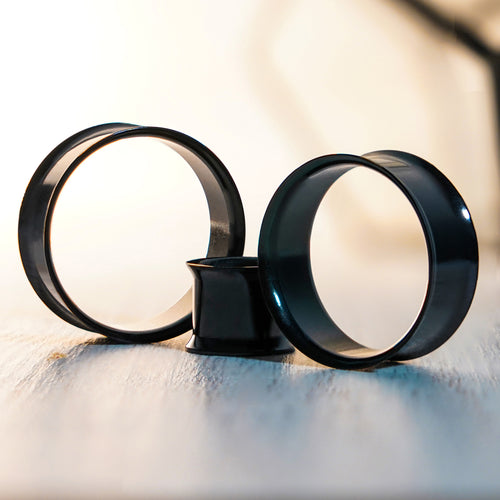



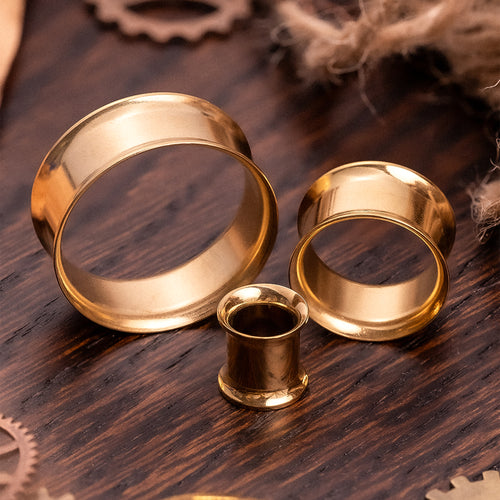

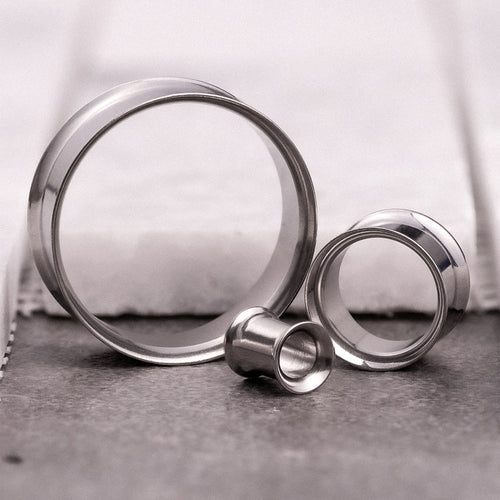

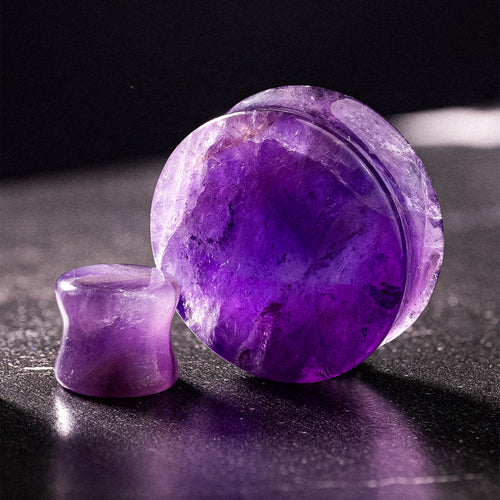

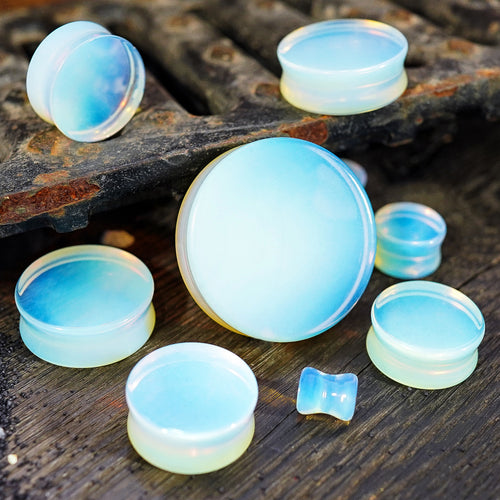

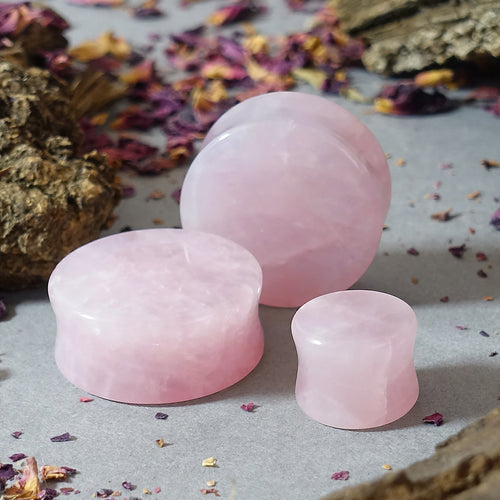
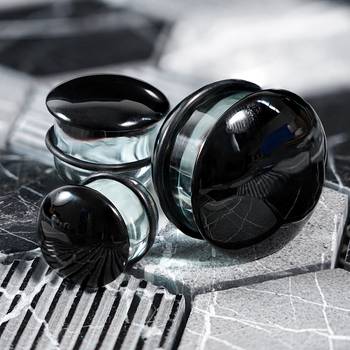
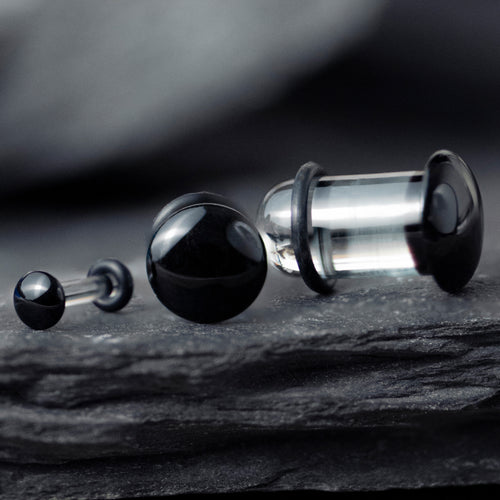
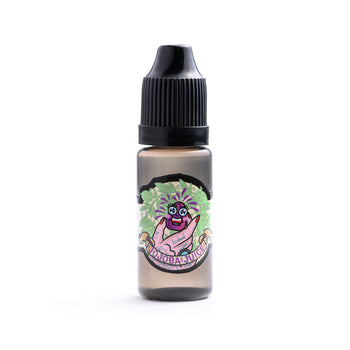



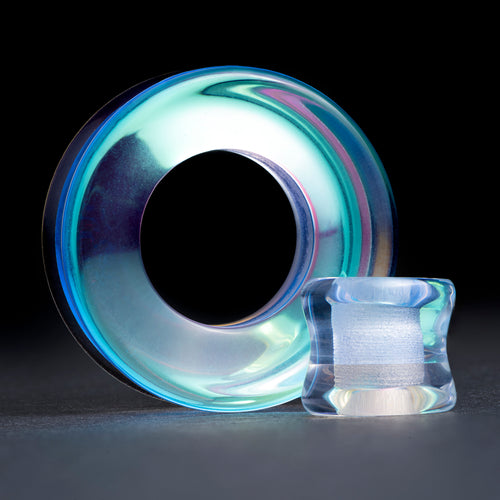



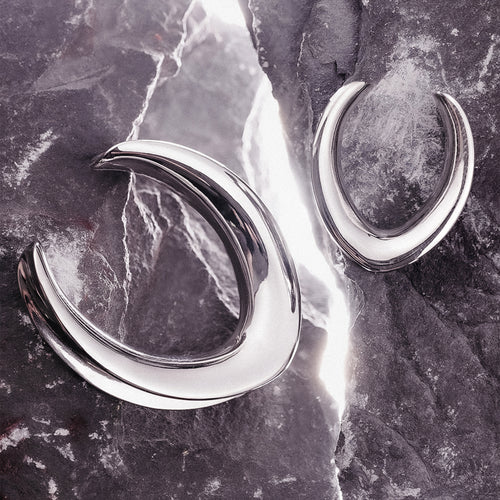

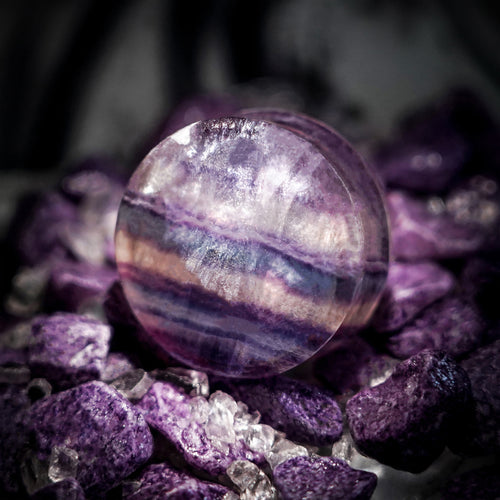

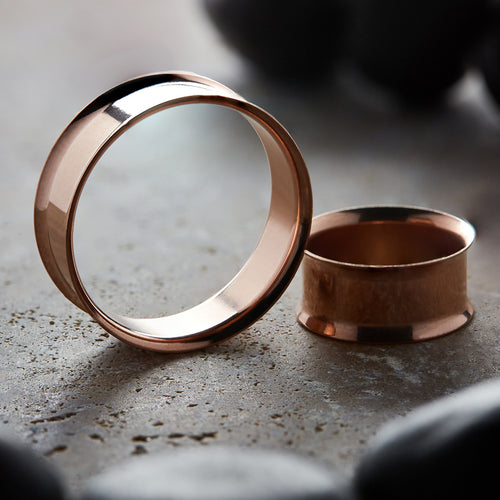
-Photographer-@domdirekt-for-@tenforfifty-v1674724276532.jpg?2400x3000&transform=resize=350)
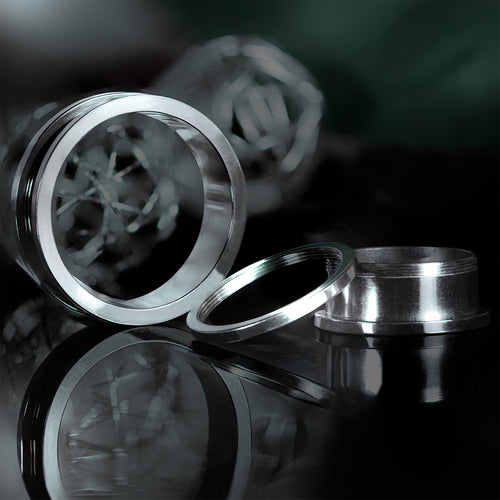

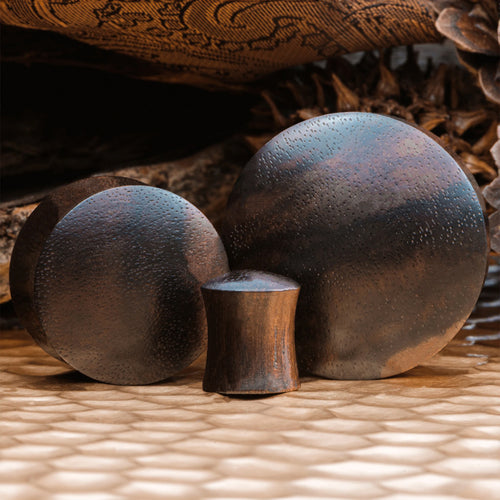

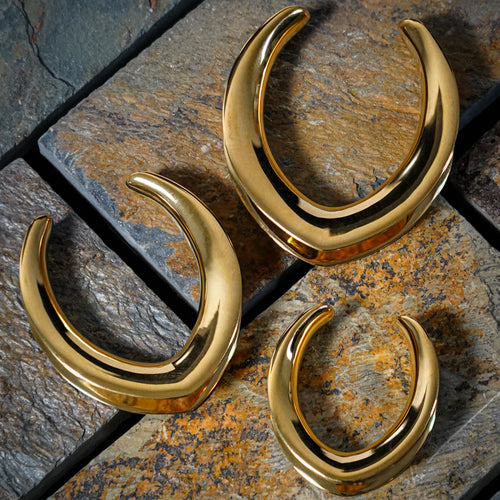

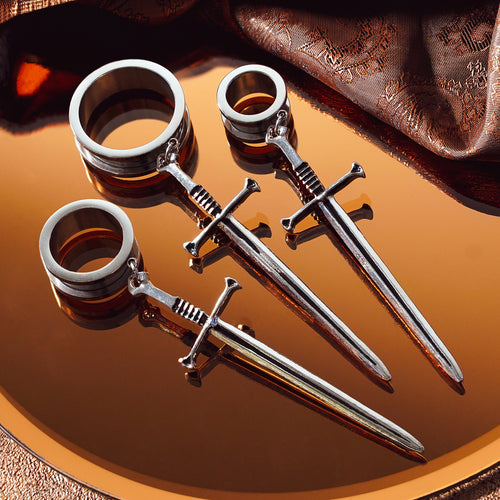



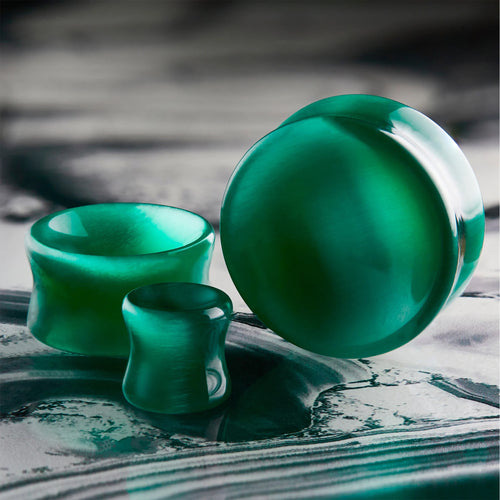

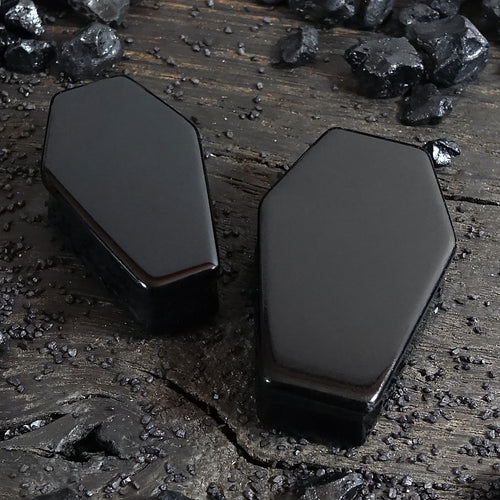

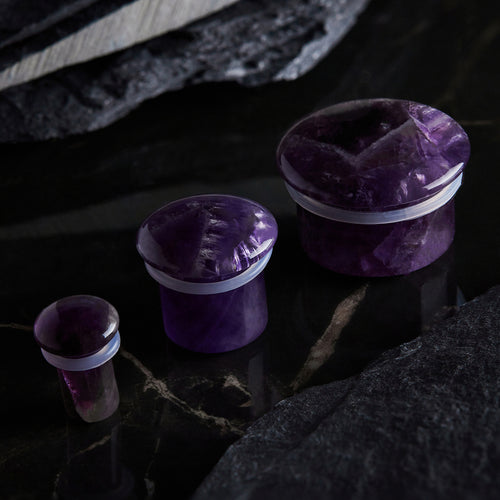

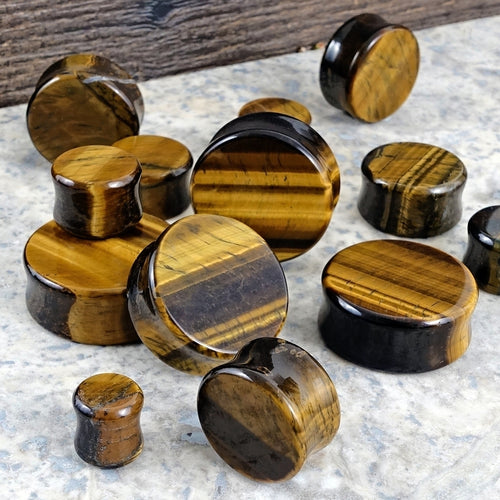

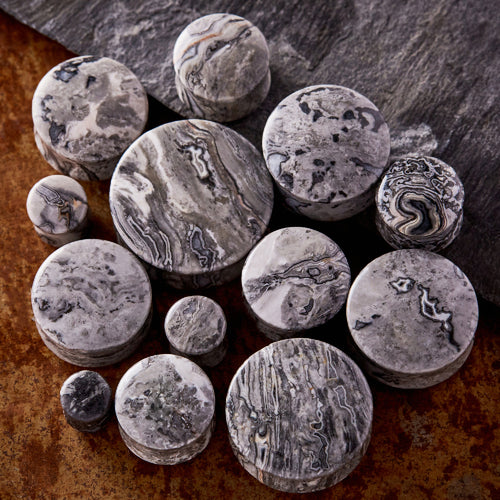

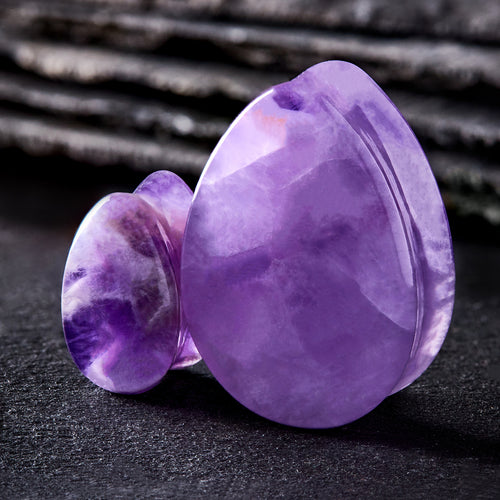

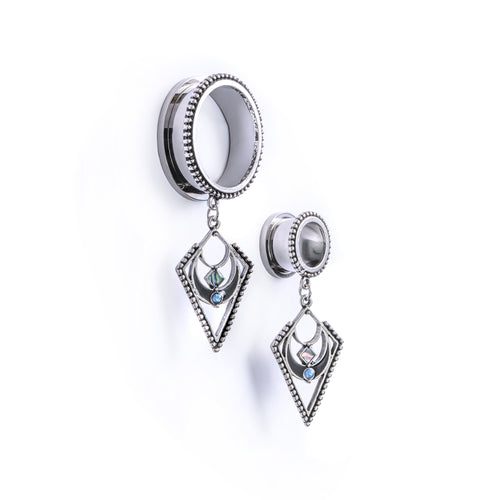

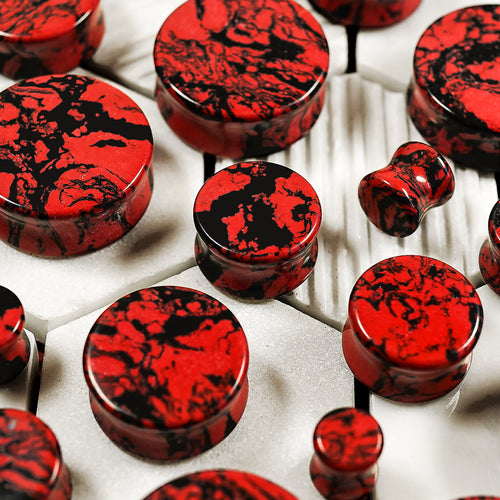

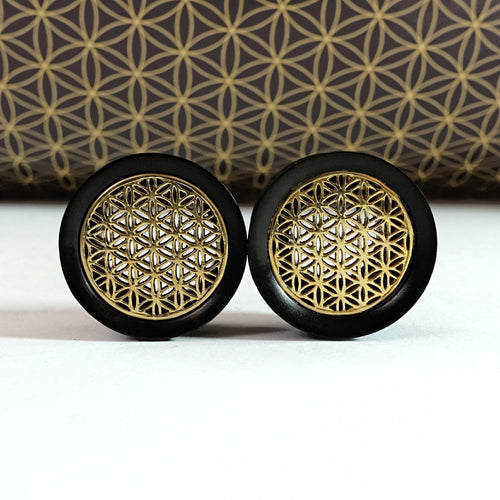


-v1652780384796.jpg?1024x1280&transform=resize=350)
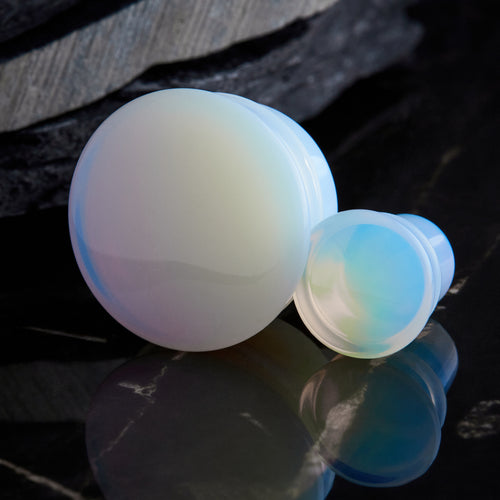
-copy-v1674726508930.jpg?2316x3088&transform=resize=350)
